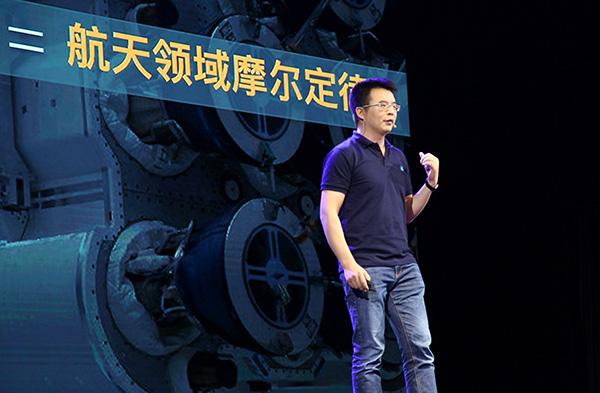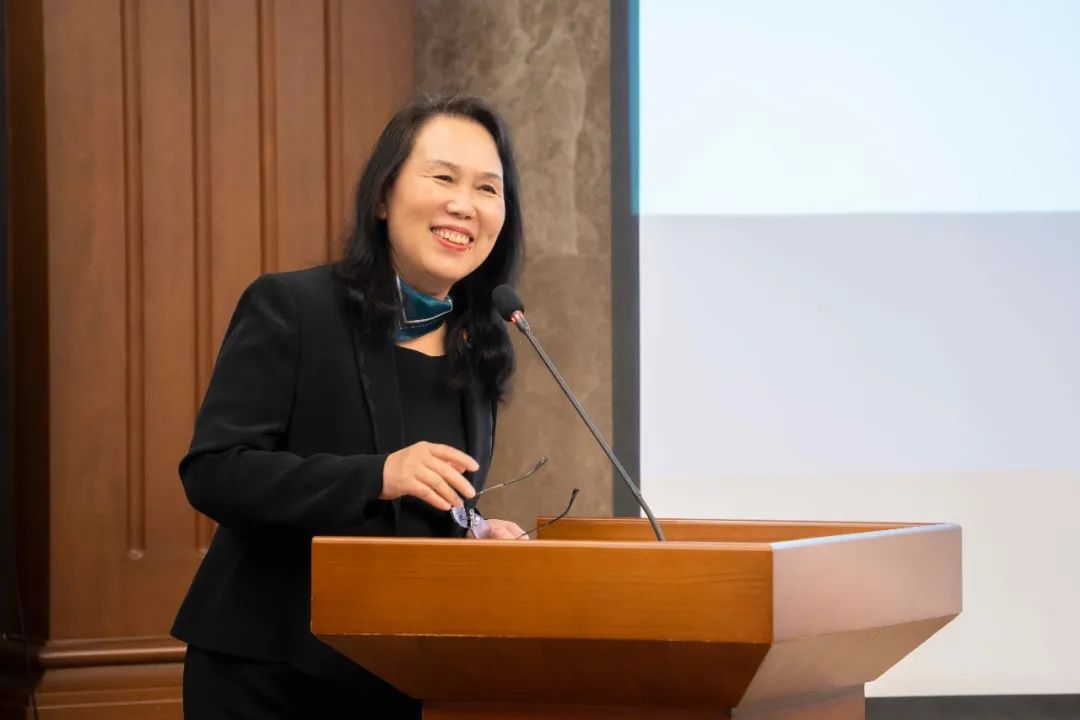How To Deal With Ethical And Governance Issues In The Development Of Artificial Intelligence?
How To Deal With Ethical And Governance Issues In The Development Of Artificial Intelligence?
Comprehensive solutions to ethical and governance issues in the development of artificial intelligence 1. Policy framework: layered and classified regulatory system 1. EU's "Artificial Intelligence Act" risk hierarchical management: divide AI systems into four categories: unacceptable risk, high risk, medium risk and low risk
Comprehensive solutions to ethics and governance issues in the development of artificial intelligence
1. Policy framework: layered and classified supervision system
1. The European Union Artificial Intelligence Act
Risk classification management: divide AI systems into four categories: unacceptable risk, high risk, medium risk and low risk. Mandatory compliance reviews are implemented for high-risk systems (such as medical diagnosis and autonomous driving), requiring transparency, data accuracy and safety.
Prohibits and restrictions: Prohibit real-time biometrics in public places (except law enforcement), restrict algorithmic discrimination and privacy violations.
Innovation support: Establish an "AI sandbox" mechanism that allows enterprises to test new technologies in a controlled environment and balance innovation and supervision.
2. China's "Principles of the Governance of New Generation Artificial Intelligence"
Eight core principles: harmony and friendship, fairness and justice, inclusiveness and sharing, respect for privacy, security and control, sharing of responsibilities, open cooperation, and agile governance.
Agile governance: Dynamically adjust regulatory measures, requiring AI systems to have auditable, traceable and trustworthy characteristics, and establish an accountability mechanism.
Application scenario specification: For example, assess the accessibility of the AI triage system to elderly patients in medical scenarios to ensure fairness.
3. The Artificial Intelligence Accountability Act in the United States
Classified supervision: distinguishes between "high impact" and "critical impact" systems, requires self-certification and reporting risk management assessments.
Enterprise Practice: Microsoft launches AI ethics toolkit to improve algorithm interpretability, and Google signs the development of the EU's "General Code of Conduct for Artificial Intelligence" normative model.
2. Technical practice: ethical design and tool implementation
1. Bias detection and fairness optimization
Tool Application: Microsoft Toolkit evaluates model fairness, adopts reweighted training data and applies fairness constraints (such as) techniques.
Case: Detect discrimination against freelancers in financial risk control scenarios, and reduce deviations by adjusting data weights.
2. Transparency and interpretability
Corporate Practice: The Ethical Charter prohibits military projects and invests 20% of R&D resources for security research; Tencent has established an AI ethical assessment system, and high-risk projects require the CEO to final review.
Technical solution: Use SHAP/LIME and other tools to visualize the influence of feature and improve the interpretability of algorithmic decisions.
3. Privacy protection technology
Differential Privacy: Protect user data by adding noise to avoid leakage of sensitive information.
Federated Learning: Implement "data immutable model dynamic", jointly train models in the fields of medical care, finance, etc., and protect data privacy.
3. International collaboration: Building a global governance network
1. OECD principle of artificial intelligence
Core principles: promote inclusive growth, human rights protection, transparent interpretation, etc., establish global partnerships (GPAI), and promote the unification of transnational technical standards.
Case: The UK and the EU sign AI Governance Convention to jointly regulate cross-border data flow and public safety monitoring.
2. UNESCO's AI Ethics Recommendation
Seven principles: cover data protection, algorithm fairness, environmental sustainability, etc., and require member states to implement ethical impact assessments.
Case: Audits of facial recognition systems found that women with darker skin are more likely to be misclassified, driving improvements in dataset diversity.
4. Public education: Improve digital literacy and participation
1. AI Ethics Course
Inclusion in the education system: Include AI ethics into the compulsory courses of engineers, popularize skills such as "detecting deep falsification".
Case: Estonia solicits public opinions on AI regulations through digital referendum.
2. Citizen Participation Mechanism
Feedback System: Meta establishes a public opinion feedback system, where the public can mark harmful outputs; Titanium Media Reporting advocates systematic, precise, and conceptual governance plans, such as suspending high-risk experiments and formulating declarations for specific populations.
5. Future Outlook: The Balance between Technology and Human-Centric
1. Value alignment technology
Ethical Map: Encode the Universal Declaration of Human Rights into computable rules to ensure that AI behavior is in line with human values.
Mental theory modeling: Let AI understand the deep meaning of "harm" and improve humanistic care in decision-making.
2. Global governance structure
Three-level architecture: coordinated by the United Nations AI Ethics Committee, implemented by regional regulatory agencies (such as the EU and China), implemented by the Corporate Ethics Committee, and developer codes to regulate technical details.
3. Sustainable Development
Environmental impact assessment: Calculate the entire life cycle carbon footprint of AI models and promote green AI technologies (such as low-carbon energy training and efficient use of resources).
6. Conclusion
The ethics and governance of artificial intelligence need to build a four-dimensional framework of policy-technology-international collaboration-public education, and achieve a balance between technological innovation and human value through layered supervision, ethical design, global cooperation and digital literacy improvement. Specific strategies should combine scenario differentiation (such as medical care, finance), and emphasize the synergy between technical tools and policy frameworks to ultimately build a community with a shared future for human and machine.





